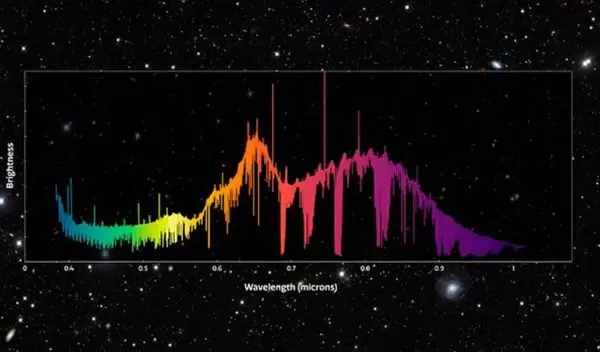
First light observations of chemically rich star HD 222925 captured
The U.S. National Science Foundation's NOIRLab-operated Gemini South Telescope used its latest upgrade — GHOST, the Gemini High-resolution Optical SpecTrograph — to capture observations of HD 222925, a star more than 1,400 light years away. The star, known to be bright and rich in chemicals, is the type of object GHOST is intended to investigate.
"This is an exciting milestone for astronomers around the globe who rely on Gemini South to study the Universe from this exceptional vantage point in Chile," said Jennifer Lotz, director of the Gemini Observatory. "Once this next-generation instrument is commissioned, GHOST will be an essential component of the astronomer's toolbox."
Spectrographs analyze light emissions from objects and provide information about chemical composition and stellar motion and can observe remnants of the ancient universe. GHOST has ten times the resolution of other visible spectrograph on Gemini South and is the most sensitive high-resolution spectrograph in use among comparably sized telescopes.
"With the successful commissioning of GHOST, NSF congratulates the instrument team on delivering to the international astronomy community enhanced capability to explore planets, stars, and galaxies," said Martin Still, Gemini program officer at NSF. "We eagerly await the new discoveries."
When the commissioning process is complete, GHOST will be available for all researchers to request observation time.


